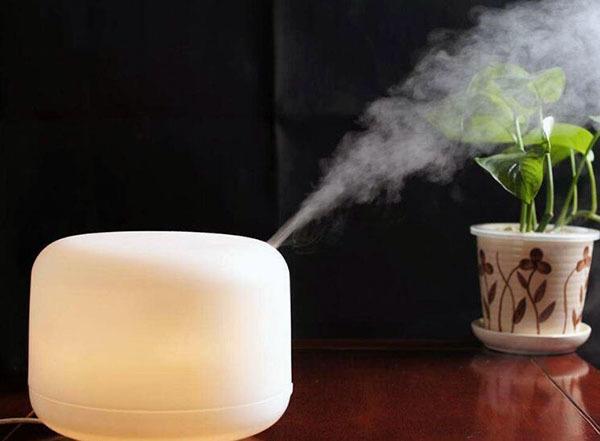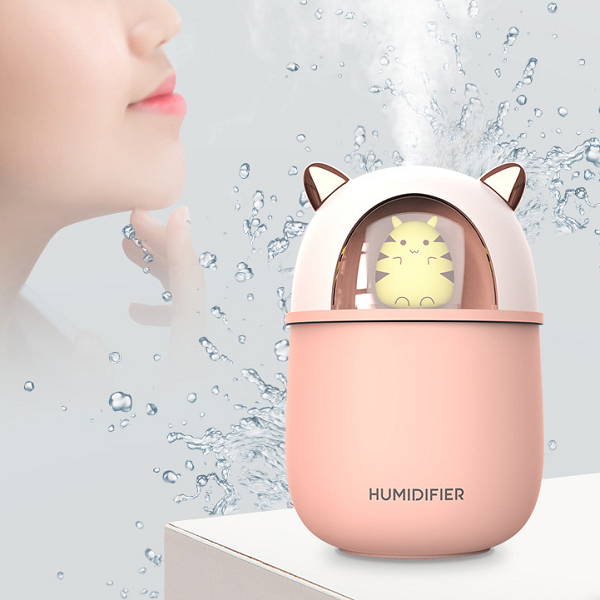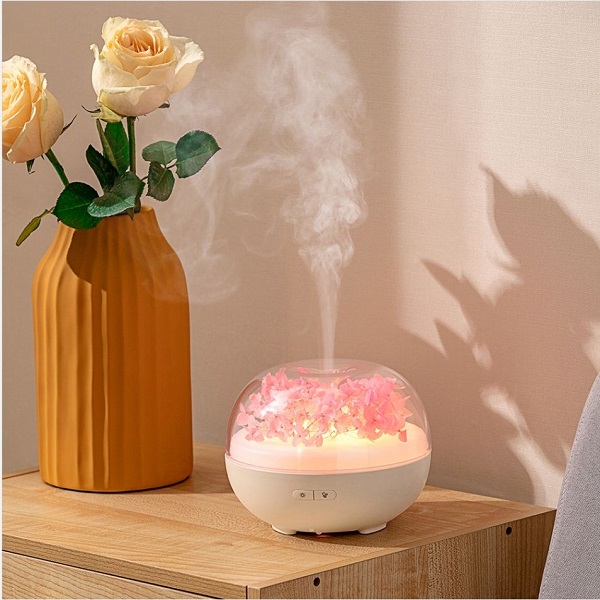Every editorial product is independently selected, though we may be compensated or receive an affiliate commission if you buy something through our links. Ratings and prices are accurate and items are in stock as of time of publication.
Humidifiers are amazing for combatting cold-weather symptoms, but they’re not all created equal. Here’s what you need to know to breathe easier this winter. When the mercury drops outside, the humidity levels inside your home can dip too, leading to things like dry skin and other irritations, not to mention cold and flu-like symptoms. You know your indoor air is too dry if you’re getting static in your hair or shocks when you touch things. “Low humidity, or dry air, can cause your nasal passages and sinuses to become dry and irritated, which leads to inflammation and prevents mucus from draining naturally,” says Ashley Wood, RN, a nurse in Atlanta, GA and a contributor at Demystifying Your Health. “In winter, the air outside has low humidity and you use heat to warm your home, which doesn’t have any moisture in it either. Between the two, your sinuses can easily become dried out and inflamed.” A humidifier is a great way to get some relief because it adds moisture back into the air, she says, helping you avoid things like chapped skin, nose bleeds, chronic runny nose, sinus congestion, asthma flare-ups, and dry mouth and throat.
How to choose a humidifier
Humidifiers range from $7 to nearly $500 and generally come in two varieties—warm-mist and cool-mist. Both types are equally effective at humidifying indoor air. Warm-mist humidifiers work by heating water to a boil, then emitting the resulting steam, which is why some pediatricians caution that it’s a burn risk to young children. Some warm mist humidifiers come with mineral filters that trap water deposits, and they’ll need to be replaced periodically. When choosing the best humidifier for your space, consider the size of your space. Your goal is to achieve a just-right humidity level—it should be between 30 percent and 50 percent, according to the Environmental Protection Agency. Not enough humidity and you’ll still experience sore throat and stuffed nose symptoms; add too much moisture and you run the risk of promoting the growth of bacteria, dust mites, and even mold. To assess your humidifier needs, measure the square footage of the room. Small humidifiers work for rooms up to 300 square feet, medium humidifiers suit spaces that are 399 to 499 square feet, and large varieties are best for larger spaces, 500-plus feet. Other criteria to consider include how much real estate you can devote to a humidifier in your home (can you accommodate a two-gallon tank that’s more than a foot long?); whether you need a table or floor model; whether the humidifier is easy to maintain (are you willing to rinse it daily or change filters monthly to prevent buildup of bacteria?); how much noise you’re willing to tolerate, and whether you need any bells and whistles such as a timer or a humidistat (a humidistat is a great feature because it shuts off the machine when the ideal air humidity is reached).
Best humidifiers
Top-rated humidifiers in the cool-mist category include the Air-O-Swiss Ultrasonic Cool Mist Humidifier ($105), which uses high-frequency vibrations to create a mist without creating a racket, maintains humidity levels, and has an antibacterial system built into the base. Honeywell Top Fill Cool Mist Humidifier ($86) actually adjusts its moisture output depending on how dry your air is, so you’ll never walk into a room that feels like a swamp; it’s also easy to fill and clean and is virtually leak-proof. If you prefer a warm mist try Vicks Warm Mist Humidifier ($39), which is not a nightmare to clean, as some other warm-mist models can be; the basin detaches for easy scrubbing, and as a bonus, it has a medicine cup that you can use to add an inhalant that produces a soothing medicated vapor. For an up-to-date listing of top performers with ratings and reliability results, consult the Consumer Reports Humidifier Buying Guide—and this list of 11 other things you need in your DIY flu-fighting kit.
Post time: Jul-22-2022



